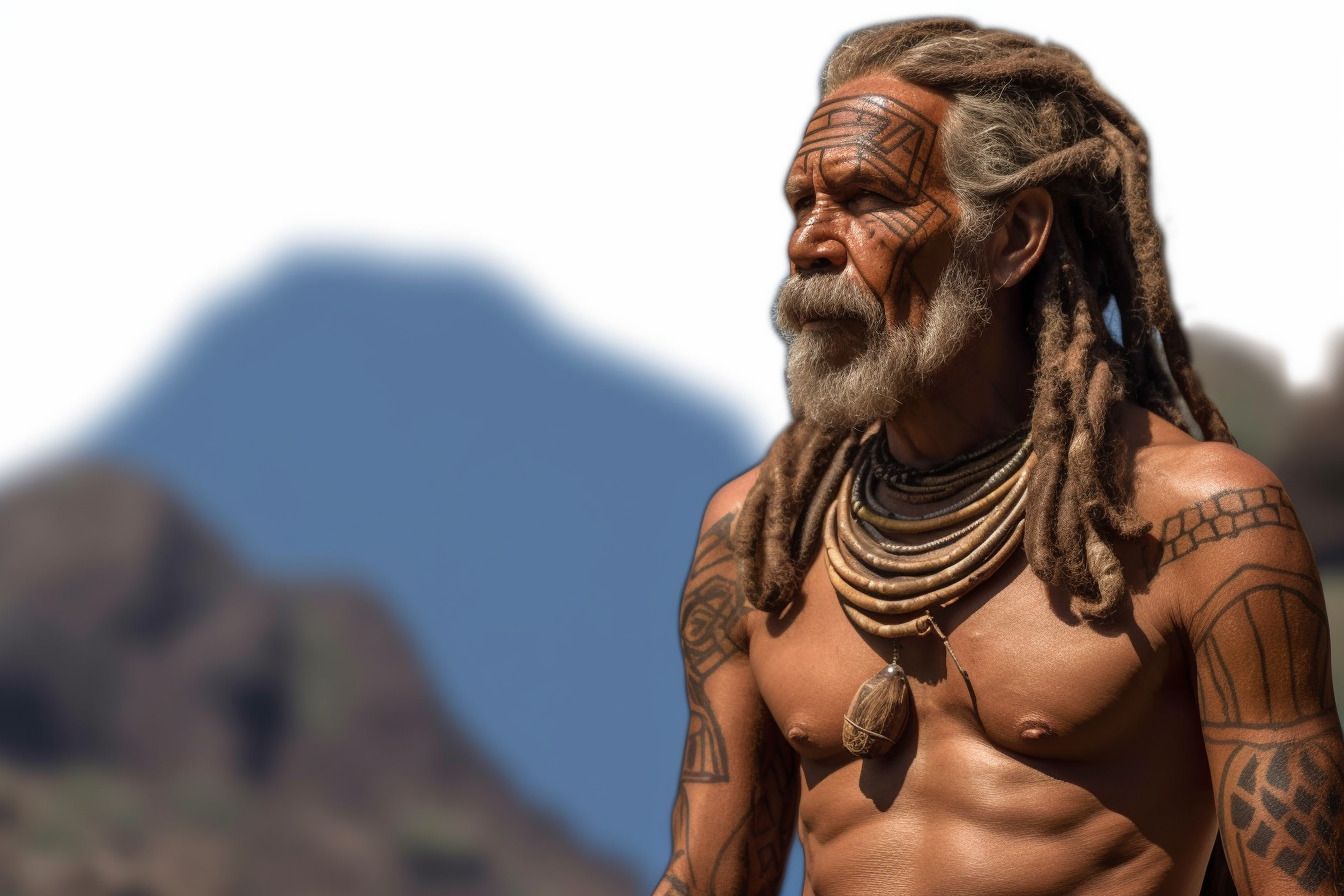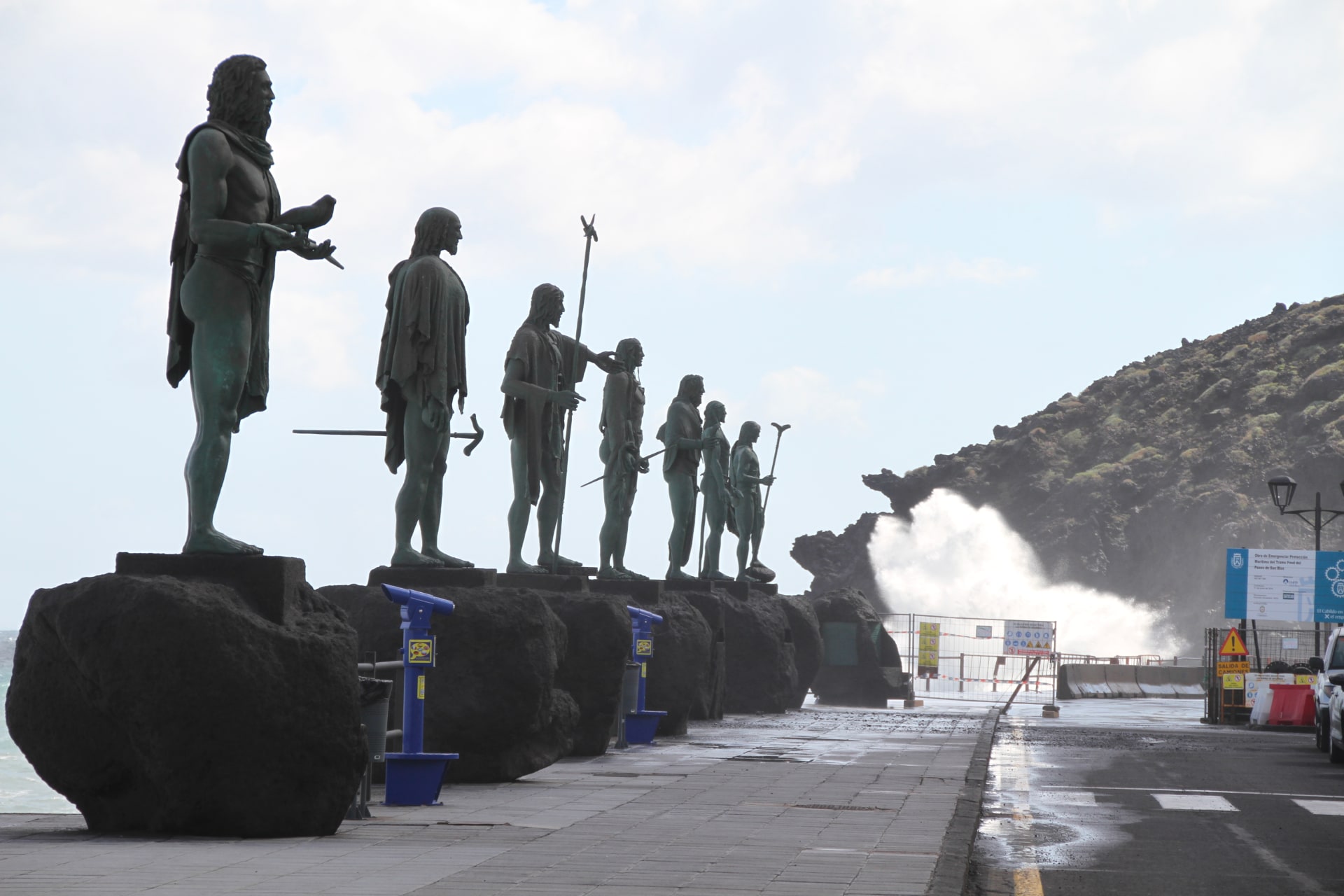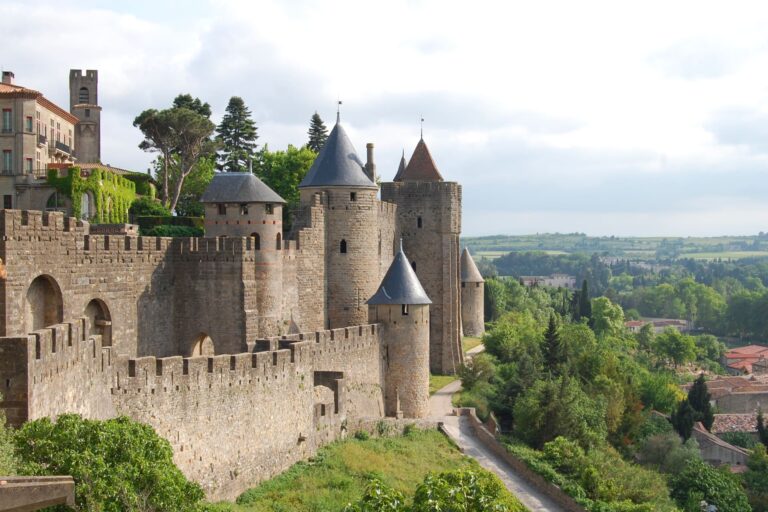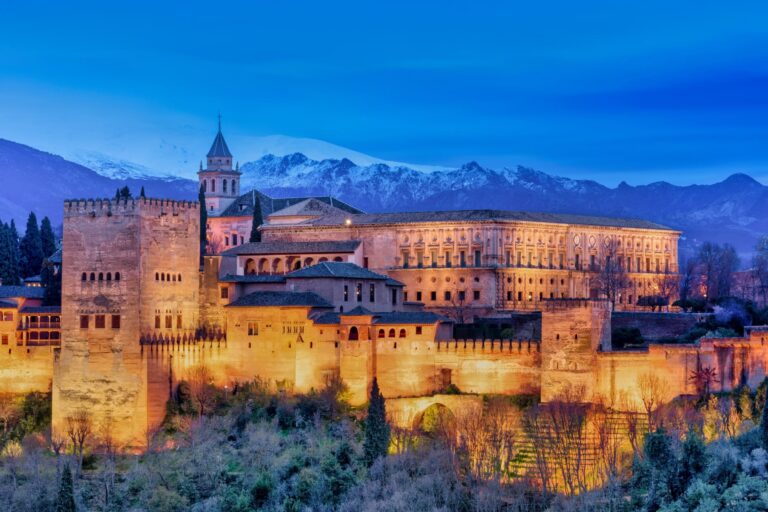The Rich History and Culture of the Aboriginal People of Tenerife
Tenerife, the largest of the Canary Islands, is not only known for its beautiful beaches and picturesque landscapes but also for its rich history and the fascinating culture of its aboriginal inhabitants. The indigenous people of Tenerife, known as the Guanches, have been a subject of interest for scholars and visitors alike. In this article, we delve into the history, culture, and traditions of the Guanches, providing a glimpse into the lives of these unique people.

The Guanches: Ancestors and Origins
The Guanches are believed to have arrived in Tenerife around the 1st millennium BCE, possibly from North Africa. Genetic studies have revealed connections between the Guanches and the Berber people of North Africa. It is believed that the Guanches were the original inhabitants of not just Tenerife, but all the Canary Islands. However, due to their isolation, the people on each island developed distinct languages and customs.
Language and Culture
The Guanches spoke a variant of the Berber language, which has now unfortunately become extinct. Some words, however, have been preserved through inscriptions, toponyms, and the names of various plants and animals endemic to the Canary Islands. These remnants of the Guanche language provide valuable insight into their culture and way of life.
Guanche society was predominantly rural, with people living in small communities and engaging in agriculture and livestock farming. They were known for their skills in pottery, weaving, and stone masonry. Guanche homes, called 'caves,' were often built into cliffs or hillsides, providing natural shelter and protection.
Religion and Beliefs
The Guanches practiced a polytheistic religion, with their primary deity being Achamán, the god of the sky. They also worshiped other gods and goddesses, such as Chaxiraxi, the mother goddess, and Magec, the god of the sun and light. The Guanches believed in the afterlife and buried their dead in caves with accompanying grave goods. They also practiced mummification, which has led to the discovery of well-preserved Guanche mummies in various archaeological sites on the island.
The Spanish Conquest and the End of the Guanche Era
The arrival of the Spanish in the late 15th century marked the beginning of the end for the Guanches. After a series of conflicts known as the Conquest of the Canary Islands, the Guanches were ultimately defeated, and their culture was gradually assimilated into that of the Spanish settlers. Many Guanches were converted to Christianity, and their traditional way of life was largely lost.

Legacy and Cultural Revival
In recent years, there has been a growing interest in Guanche history and culture. Efforts have been made to preserve and promote their unique heritage through museums, archaeological sites, and cultural events. The Museum of Nature and Archaeology in Santa Cruz de Tenerife, for example, houses an extensive collection of Guanche artifacts and mummies, offering valuable insights into their ancient culture.
Today, the Guanche legacy lives on through the descendants of the original inhabitants of Tenerife. The island's rich history and unique cultural heritage continue to captivate scholars and visitors alike, serving as a testament to the resilience and beauty of the Guanche people.



